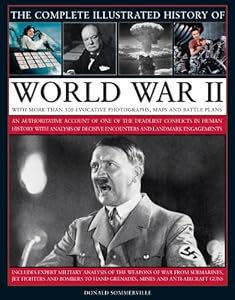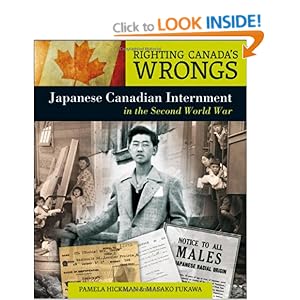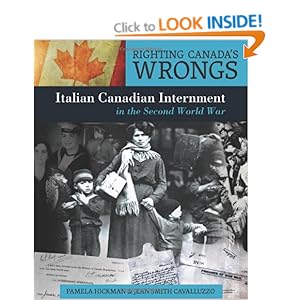Module 3
A grade 10 student comes into the library weary because he has to submit an intended reading list/goals for the year. The only novels he has ever finished have been the ones that were required reading in class. He dislikes reading and the idea of finishing one novel let along a list for the year is overwhelming. He is thinking of dropping the class.
It is hard to watch a young person who feels defeated before starting a task. We have all met the boy in the scenario above; the assignment seems too colossal, too wide, and too impossible for him to even find a starting point. Perhaps we have even felt the same way. How can we support this student to meet this challenge? Where do we begin?

Creative Commons licensed image courtesy of Pixabay
My first thought is to clarify with the classroom teacher what exactly is expected with this project. What sort of assignments are required? Is there scope include different types of assessment? Could the task be broken into stages? Rather than asking for the year plan right away, could a timeline with shorter term goals be an option? Chunking the assignment might make it easier for the student to envision completing it.
As far as deciding on novels for the task, I would begin by asking the student about books he has read before that were tolerable to him (the best of the worst!) and then start hunting for authors and genres that could possibly be appealing. It might be useful as well to ask what his friends have chosen for their lists. Perhaps if he as someone to talk with about the books it will be easier to get through them. I would definitely encourage him to make his own choices. As the readings for this module stressed, personal choice is fundamental to developing literacy skills.
We could also look at integrating technology into this project. Ebooks or audiobooks might help this student. If there is an option to use a tablet or iPad, the books could be downloaded, an online calendar could be made, and apps that assist with the related assignments could be installed. There are definitely ways to make this a less daunting task for a reluctant reader.
I found a short video on YouTube that deals with this. Author/educator Eric Walters talks about boys and reading and the challenge of engaging them. His books are popular choices with reluctant readers I’ve met, both boys and girls.
I also found a link to a presentation done in 2009 by two American librarians. They discuss luring reluctant teen readers in with engaging, controversial topics and again emphasize the importance of personal choice.
http://riyl.wikispaces.com/Reluctant+Readers
Module 4: Multi-modal Text Collection
When I am teaching social studies, I am always looking for different types of texts and resources to use with my students. As social studies is a required course, all students regardless of interest level or academic inclination will end up taking it. Trying to differentiate lessons and finding creative ways of imparting the information can be challenging. As my essential question deals with finding resources, technology, and ways to support curricular goals for a diverse population, I decided to use this subject for my example of different types of multi-modal texts. I am thinking in terms of the English-second-language students, those with reading-related learning disabilities, and students who generally have a hard time engaging with academic courses.
Social Studies 11 is particularly content-heavy with regard to the history component. Canada’s role in World War II is a major topic that we cover so I decided to present some multi-modal resources that I have used (and would like to use) for this section of the course. My starting resource point is our text book, Counterpoints: Exploring Canadian Issues. It is covers most curricular topic and written below grade-level, making it readable for average students. Because there is so much information, there are some sub-topics within the WWII section which require augmentation for better understanding. The resources below use video, audio, images, and text to help my students get a more comprehensive understanding of the topics.
1. Maus I and II
(Creative Commons licensed image courtesy Chiva Congalado)
Maus is an amazing graphic novel by American author Art Spielgelman which tells the story of Art’s parents’ experience in Poland during World War II. The book appeals to reluctant readers as the vocabulary is generally accessible and the novel is not text heavy. The artwork is very powerful even in its minimalist style, with strong messages conveyed through the images. I like to read sections of the novel with my class when we discuss the Holocaust and how survivors and their descendants still cope with the repercussions today.
2. The Complete Illustrated History of World War II

(Image courtesy Amazon)
This book by Donald Sommerville contains hundreds of photographs and descriptions of significant people, places, and events in World War II. I find it useful for struggling readers and ESL students, as the text is not difficult and is to the point. I have used it to supplement information from the text book.
3. Righting Canada’s Wrongs: Japanese Canadian Internment in the Second World War and Italian Canadian Internment in the Second World War


(Images courtesy Amazon)
Both of these books by Pamela Hickman, address dark periods of Canadian history. They are written at a grade 4-6 level, which I have found beneficial for ESL students. The texts contain many first-person accounts of the internment experience, as well as photos and other graphics.
4. Canadian Encyclopedia – Second World War (WWII)
The Canadian Encyclopedia article on Canada’s involvement in World War II, gives a general overview of major events and related people and places. There are links to other articles and websites for further information. I think this is a good starting point for student research.
This website has an amazing collection of audio interviews with Canadian veterans. This allows students to get first-hand accounts of individual experiences. As it is all audio, students can access the information without needing to read much text, though the site does include a blog which has articles related to issues concerning veterans, such as post-traumatic stress disorder. The last time I used the resource, it prompted a great discussion and further exploration in PTSD.
6. Veterans Affairs Website – Government of Canada
The federal government’s Veterans Affairs site has a history section which includes Canada’s involvement in World War II. The site has information, archival photos and videos, as well as profiles of individual soldiers. It is quite extensive and is another a good starting point for student research.
7. National Film Board: On All Fronts
This site showcases archival and current films on Canada in WWII. I have found that students respond well to short, archival films that are to the point, rather than the fictionalized accounts.

